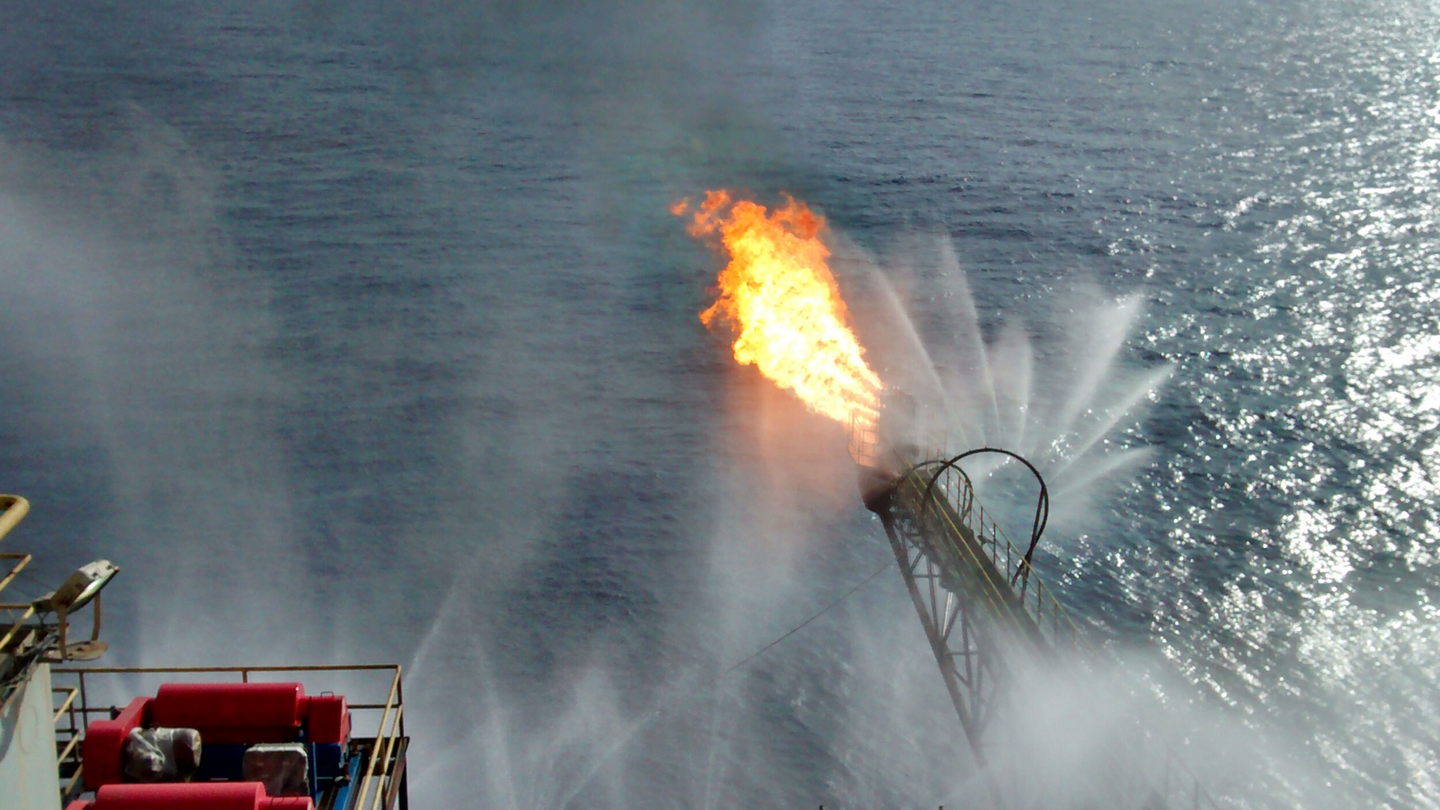 Search
Search
 Search
Search

Operator’s SIMOPS objectives for three wells were met on time, delivering significant cost savings.
Download PDFDeep Water

Design surface cleanup system capable of offline well unloading of 190 MMscf/D

East Malaysia

An operator in Malaysia expected a high probability of losses in a series of high-pressure/high-temperature (HP/HT) gas wells based on previous exploration campaigns. The operator desired to clean six wells solids-free at an unloading rate of 190 MMscf/D after encountering plugging issues in a previous high-gas producer. For optimization purposes, high-rate cleanup needed to be performed offline while operating on two wells simultaneously (SIMOPS).
The operator recruited Halliburton to design a high-rate surface cleanup system capable of well unloading up to 190 MMscf/D with access to necessary onsite sampling. Robust surface well testing (SWT) equipment employing a minimum 6-in. upstream and 8-in. downstream setup with access to extensive sampling parameters was requested.
Halliburton assessed previous high-rate operations in Malaysia and other locations globally, exploring a solution based on optimizing existing high-rate SWT equipment with a dual-train downstream piping system setup. This setup met the technical challenges with the targeted production rate without flare off. Extensive engineering studies, such as choke sizing, pipe vibration studies, pipe stress, and pipe flow velocity analysis were performed and reviewed with the operator’s assigned technical advisory group. Additionally, risk assessment (HAZOP and HAZID) was conducted on the proposed well unloading setup and a manual of permitted operations (MOPO) for SIMOP operation was developed and approved by all operational stakeholders.
This proposal provided significant value as challenges were managed without the need for an upsized SWT fleet, thus reducing the environmental and SQ/HSE impact with respect to handling, rigup, and space.
Halliburton’s solution delivered high-rate unloading up to 184 MMscf/D for the first time for both the operator and Halliburton. Because sourcing a new fleet equipment setup was not necessary, as requested, it provided significant cost savings for both parties. Moreover, this innovation shortened the preparation phase of the operational timeline. The extensive engineering study and detailed design of service (DOS) helped ensure potential risks were properly addressed and the first well cleanup operation was performed with zero HSE incidents.
Overall, the operator’s SIMOPS objectives for the first three wells were met on time, delivering significant cost savings. The same results are expected for the next three future HP/HT gas well development campaigns.

Halliburton surface well testing (SWT) tools and solutions compile full and reliable data, enabling better reservoir evaluations and appraisals.
